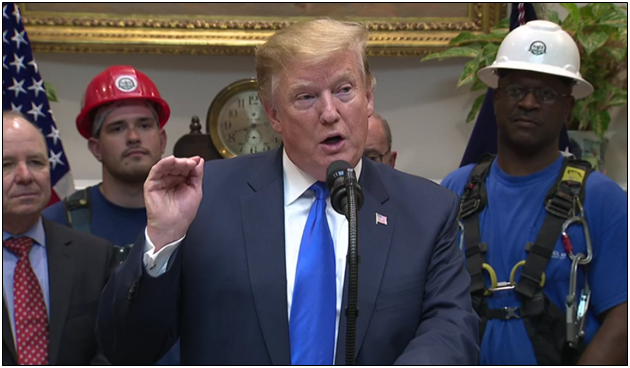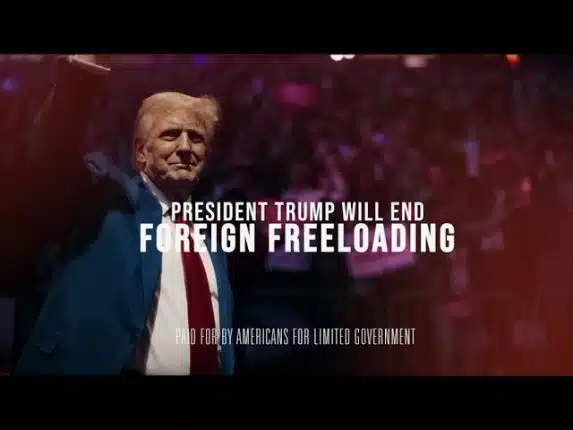President Donald Trump is committed to winning the race to 5G wireless technology that will transform the U.S. and global economies in ways that have only been dreamed of in the past. Smart cities, driverless cars and trucks, factories run by robots and so many other wonders, all possible because of the next generation of wireless technology.
“The race to 5G is a race America must win and it’s a race, frankly, that our great companies are now involved in — we’ve given them the incentive they need — it’s a race we that we will win,” Trump declared at an April 12 speech, vowing that “we cannot allow any other country to outcompete the United States in this powerful industry of the future.”
The best part is, all the government has to do is get out of the way.
“In the United States our approach is private sector driven and private sector led. The government doesn’t have to spend lots of money,” Trump said, noting that industry would be investing $275 billion in 5G technology.
Accenture has estimated that 5G will create 3 million new jobs in the U.S. and boost the economy by more than $500 billion.
To help get the network up to speed — quite literally, as 5G will be about 100 times faster than existing 4G networks — Trump outlined his plan to free up “as much spectrum as possible.”
“We’re going to free it up, so they can get out there and get it done,” Trump stated. Specifically, the Federal Communications Commission (FCC) on Dec. 10 will be auctioning off 3,400 megahertz in three different spectrum bands. This will be a huge opportunity for 5G leaders like Verizon, AT&T, Sprint and T-Mobile to expand their networks.
According to an FCC fact sheet, “Since November 2018, the FCC has auctioned 1,550 megahertz of spectrum to be used by commercial wireless providers for 5G connectivity. The third 5G spectrum auction will be the largest in American history; the FCC will be selling 3,400 megahertz in three different spectrum bands at one time.”
One area that can help it along even faster would be in approving the Sprint-T-Mobile merger, which would enable each company to share their respective 600 MHz and 2.5 GHz spectrum across the low and medium bands. While T-Mobile’s low band spectrum will help bring the network nationwide and particularly to rural areas, Sprint’s medium spectrum will give it the network capacity it needs to function in big cities and densely populated suburbs. This would put both companies on a sounder footing to compete with Verizon and AT&T, and create more competition in the 5G arena, which will reduce prices.
In prepared remarks, FCC chairman Ajit Pai outlined further efforts being made, including by deploying fiberoptics: “we’ve taken action to encourage the deployment of optical fiber. That’s because 5G isn’t just about wireless. We’ll also need strong fiber networks to carry traffic once it goes from the air to the ground. We’ve done a lot to make that happen, including ending heavy-handed regulations imposed by the prior Administration. Here too, we’re getting results. Last year, fiber was deployed to more new locations than in any year before.”
In addition, Pai outlined efforts to create more access to rural broadband, stating, “the FCC aims to create a new $20.4 billion Rural Digital Opportunity Fund at the FCC [over 10 years]. This money will extend high-speed broadband to up to four million homes and small businesses in rural America.”
Taken together, it is a sound strategy to bringing a true 5G network nationwide.
It’s exactly the boost the U.S. economy needs to stay ahead in the 21st century. 5G will not only make America great again, it will make it greater than it’s ever been.
Robert Romano is the Vice President of Public Policy at Americans for Limited Government.







